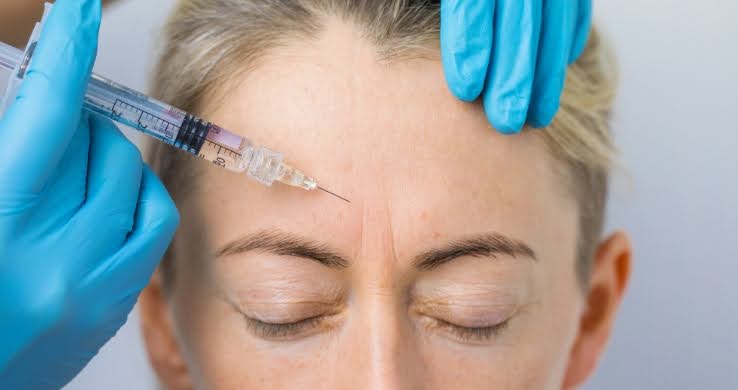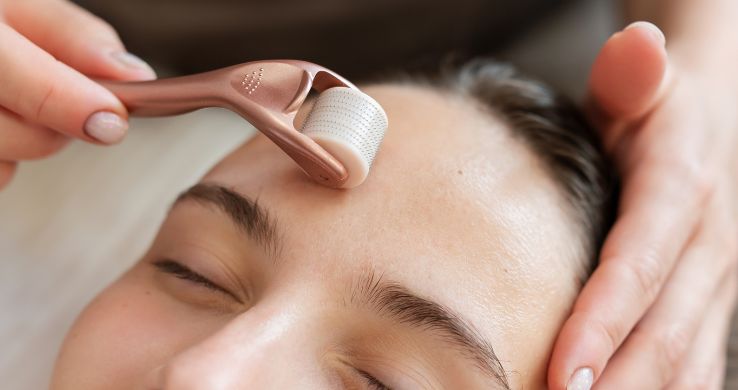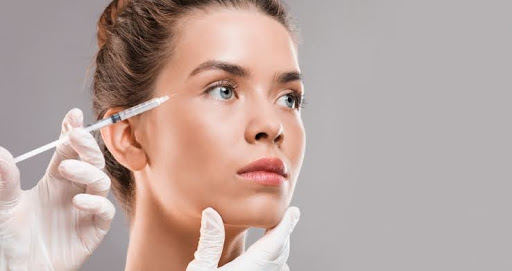Thinking about getting a Dysport injection for smoothing muscle spasms or facial wrinkles? Dysport is famous for a non-surgical solution for therapeutic plus cosmetic needs. Effortlessway aesthetic provides you with guidance on all those things you need to know about the Dysport injection. From what best treatment does your skin require, to what should you avoid before treatment? Read this blog post to know what you need to avoid before and after treatment.
1. Dysport’s Purpose
Dysport is a prescription injectable containing abobotulinumtoxinA, a botulinum toxin. It’s FDA-approved to treat moderate to severe frown lines between the eyebrows and medical conditions like migraines, hyperhidrosis (excessive sweating), and adult spasticity (muscle stiffness).
2. How Dysport Works?
Dysport injection slowly blocks brain messages to nerves that stop muscle movement. Dysport treatment clears wrinkles caused by facial expressions. When used to cure medical conditions, Dysport relieves muscle stiffness and improves comfort.
3. Treatment Process
Dysoport injections take about 15 to 20 minutes. Without the need for anaesthesia process involves small injections with minimal discomfort. Dysport is a convenient lunchtime treatment because the process is quick.
4. Is There Any Downtime?
Dysport treatment single perk requires no recovery time. Customers can easily fulfil their usual responsibilities immediately, but you have to follow the Dysport aftercare instructions to get the desired results.
5. Fast Results
Results after Dysport injections are usually visible after 2-3 days, but the full impact can be seen in 1 week. Dysport results appear faster than other injectables like Botox.
6. Long-Term Effects
Dysport treatment effects last up to 4-6 months. Time duration varies from person to person as it depends on metabolism and treatment areas. Those who take regular sessions receive consistent results.
7. Cosmetic Benefits
Cosmetically, Dysport smooths frown lines, forehead wrinkles, and crow’s feet (off-label), delivering a natural, youthful appearance without a “frozen” look when done by a skilled provider.
8. Medical Applications
Beyond aesthetics, Dysport treatment helps manage adult spasticity (e.g., post-stroke muscle stiffness), migraines, and hyperhidrosis, improving mobility or reducing excessive sweating for months.
9. Dysport vs. Botox Comparison
Dysport injections and Botox are similar but differ in onset (Dysport: 2–3 days; Botox: 3–7 days) and spread (Dysport covers larger areas). Both last about 4–6 months, but your provider can recommend the best fit.
10. Who’s an Ideal Candidate?
Ideal candidates for Dysport are adults under 65 in good health, seeking to reduce wrinkles or treat medical conditions. You should not be pregnant, breastfeeding, or have certain health issues.
11. Importance of a Qualified Provider
Choose a licensed, experienced provider (at Effortlessway Aesthetic ) for your Dysport injection. Their expertise ensures safety and natural results.
12. Consultation Is Key
A thorough consultation before your Dysport treatment allows your provider to assess your health, discuss goals, and customize the treatment to your needs, minimizing risks.
13. Personalized Treatment Plans
Dysport injections are customized based on your anatomy and goals. Dosage and injection sites vary for cosmetic (e.g., frown lines) vs. medical (e.g., spasticity) treatments.
14. Minimal Discomfort
The injection process involves tiny needles, causing only mild discomfort. Some providers offer numbing cream or ice to enhance comfort during your Dysport treatment.
15. Combining with Other Treatments
Dysport can be paired with fillers or skincare treatments for enhanced results. Your provider will ensure safe combinations to avoid overstimulation of treated areas.
16. Cost Considerations
A Dysport injection can vary, depending on location and units needed. Medical treatments may be insurance-covered in some cases.
17. Natural-Looking Results
When administered correctly, Dysport injections soften wrinkles or symptoms without affecting your ability to express yourself, ensuring a subtle, natural outcome.
18. Importance of Full Disclosure
Sharing your complete medical history during your consultation ensures that Dysport is safe. This includes medications, allergies, and health conditions that might affect treatment.
19. Maintenance Schedule
To maintain results, plan for Dysport injections every 3–6 months. Your provider will create a schedule based on how your body responds to the treatment.
20. Building Confidence with Dysport
Whether smoothing wrinkles or easing medical symptoms, a Dysport treatment can boost your confidence. With proper preparation and care, it’s a safe, effective way to feel your best.
Frequently Asked Questions
What Should I Tell My Doctor Before Taking Dysport Injection?
Before your injection, inform your provider about:
- Medical History: Neurological disorders (e.g., myasthenia gravis, ALS, Lambert-Eaton syndrome) or past reactions to botulinum toxin products.
- Allergies: Sensitivity to cow’s milk protein or botulinum toxin.
- Medications: All drugs, especially blood thinners (e.g., aspirin, ibuprofen), muscle relaxants, or antibiotics like aminoglycosides.
- Health Conditions: Pregnancy, breastfeeding, active infections, or recent vaccinations/skin treatments.
- Lifestyle: Alcohol use should be avoided before treatment.
Are There Any Possible Side Effects of Dysport?
Common side effects of Dysport injections are mild:
- Pain, swelling, or bruising at the injection site.
- Headaches or temporary muscle weakness.
Rare side effects include: - Allergic reactions (e.g., rash, itching).
- Spread of toxin effects (drooping eyelids, blurred vision, difficulty swallowing/breathing). Seek immediate medical help if these occur.
What Should I Avoid Before Having Dysport?
To prepare for a Dysport treatment:
- Avoid blood thinners (e.g., aspirin, ibuprofen, fish oil) for 7–10 days, unless medically necessary.
- Skip alcohol for 24–48 hours to reduce bruising.
- Don’t schedule if you have an active infection or recent cosmetic procedures.
How Often Can You Get Dysport Injections?
You can get Dysport injections every 3–6 months, depending on how long the results last. Avoid treatments more frequently than every 3 months to prevent resistance.
Who Should Avoid Dysport?
Avoid Dysport treatment if you:
- Have allergies to botulinum toxin or cow’s milk protein.
- Are pregnant or breastfeeding.
- Have an infection at the injection site.
- Have neurological disorders like myasthenia gravis or ALS.
- Are under 18 or over 65 (for cosmetic use).
Ready to Try Dysport?
Whenever you go for aesthetic treatments, especially Dysport and Botox injections, you need to adopt all possible safety measures. At Effortlessway Aesthetic, you get the best Dysport treatment because this Medspa in NYC offers safe and effective solutions. Book your consultations and tell your providers all your skin and body concerns.





